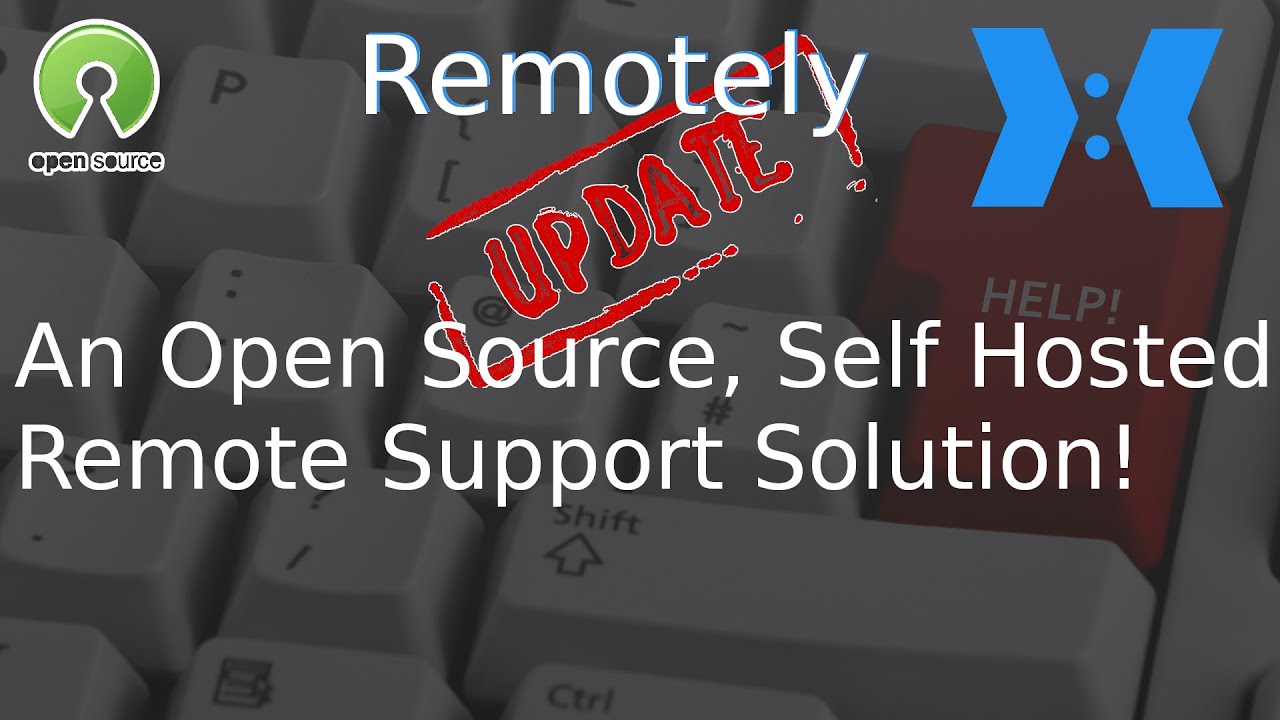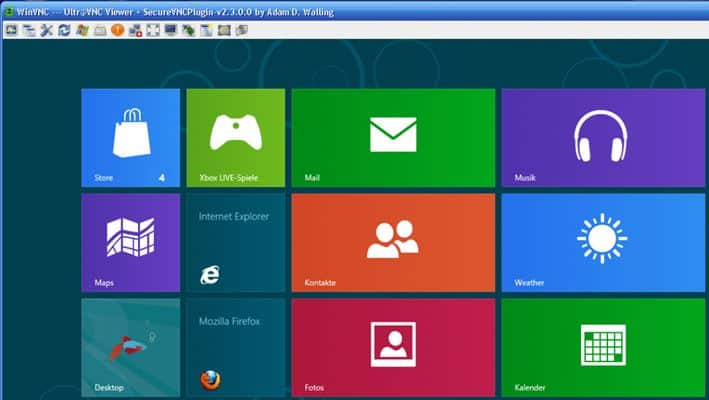

- #ALTERNATIVE TO TEAMVIEWER OPEN SOURCE LICENSE KEY#
- #ALTERNATIVE TO TEAMVIEWER OPEN SOURCE UPDATE#
- #ALTERNATIVE TO TEAMVIEWER OPEN SOURCE REGISTRATION#
- #ALTERNATIVE TO TEAMVIEWER OPEN SOURCE PRO#
Use Remote Utilities as transport to start an RDP session over the Internet when the remote PC is not accessible directly by an IP address. It not only has access via the Client, but can also facilitate an RDP connection over the Internet (without needing to know IP/ configure things for RDP)
#ALTERNATIVE TO TEAMVIEWER OPEN SOURCE PRO#
Spark! Pro Series - October 28th 2022 Spiceworks Originals.Snap! - Security Concerns, Sun Smile, Transparent Solar, LEGO, Ice on Mars Spiceworks Originalsįlashback: Back on Octothe controversial Digital Millennium Copyright Act (DMCA) was signed into law.How do I go about removing the child domain so that I can re-create the. I cannot add a new DC to the domain because it has no active servers to verify with. I have a child domain that has no active DCs, the servers that the DCs were on have been deleted.
#ALTERNATIVE TO TEAMVIEWER OPEN SOURCE REGISTRATION#
Currently you still have to apply the license on remote Hosts (even if you have unlimited Hosts like in operator license), and we'll remove that nuisance and hopefully make the registration system way simpler.
#ALTERNATIVE TO TEAMVIEWER OPEN SOURCE LICENSE KEY#
In other words, your scope of "licensing rights" will only be defined by the license key that sits in you Viewer. You don't have to pay for another operator license for them even if they work concurrently with you. It can be an employee or just a third-party user/contractor who needs access. For example, other people who occasionally connect to no more than 10 of those 30 PCs will be able to use a free license.
#ALTERNATIVE TO TEAMVIEWER OPEN SOURCE UPDATE#
Starting update 6.1 which is due in a couple of weeks you'll be able to combine paid and free licenses in a single setup.

(That is, if you have 1 operator and 30 PCs, it's cheaper to buy an operator license.) Pricing is free for up to 10 remote PCs (even for business!), as Marat said, and then you can get either a per-PC or per-operator license, and the price-break point seems to be roughly 20 PCs to 1 operator. Remote Utilities is fairly high priced too, but at least it's not subscription-based-one-time licensing is always good. (They released their previous version as open-source and a few parties have taken up the development, but it looks pretty sparse.)

It looks pretty though, and is free for personal use, so connecting to/from home is probably pretty nice. I'm testing out Remote Utilities and NoMachine now, though NoMachine has a way over-priced subscription-based model for their enterprise version-like most others these days.


 0 kommentar(er)
0 kommentar(er)
